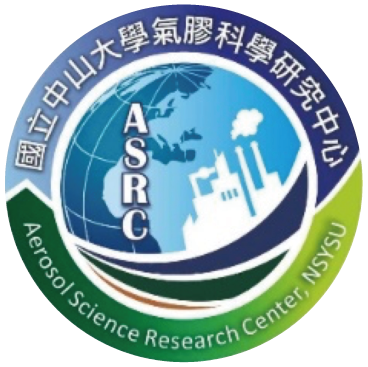Attractions
Fo Guang Shan

Fo Guang Shan is the largest Buddhist monastery in Taiwan with its headquarter located in Kaohsiung; it is one of the largest charity organizations in Taiwan. Founded in 1967 by Venerable Master Hsing Yun, the order promotes Humanistic Buddhism. The Fo Guang Shan monastery presently has over 200 branch temples throughout the world carrying out the goals of propagating Humanistic Buddhism and establishing a Pure Land on earth.
MRT Stations: Formosa Boulevard & Central Park
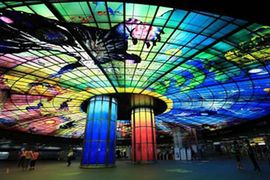
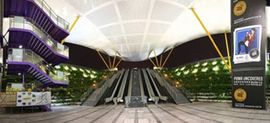
Kaohsiung City is very fortunate to have two MRT stations listed among the “15 of the Most Beautiful Subway Stops in the World” by the well-known travel website “BootsnAll.” The Formosa Boulevard Station was placed 2nd and is known for its "Dome of Light", the largest glass work in the world designed by Italian American artist Narcissus Quagliata. It is made up of 4,500 glass panels with 30 meters in diameter and covers an area of 2,180 square meters. The Central Park Station was designed by the British architect Richard Rogers. The courtyard is covered by grass and yellow windmill-shaped sunflowers. The Central Park Station of KMRT was placed 4th in the top 15 list.
Love River
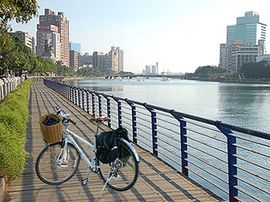
The river was also called Kaohsiung Canal, originating from the northeast area of Kaohsiung and runs 21 kilometers westward to meet the Port of Kaohsiung. Once heavily polluted, the river had undergone decades of remediation and has now transformed into a major attraction of the city. Along the banks are greenbelt, cafes, bicycle routes and the Jhong Du Wetland Park. Visitors can take a relaxing boat ride on the river and enjoy the beautiful cityscape.
Pier-2 Art Center
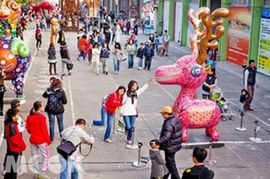
Once an abandoned warehouse clusters along the coast, the area was redeveloped and named “the Pier 2” by an establishment of an art center in 2006; series of exhibitions and festivals throughout the year brings tourists and locals regularly. With the collision of an old historical area and new arts, the Pier-2 has become a symbolic area for vitality and creative vibes.
Cijin Island
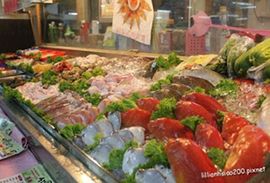
Cijin Island was once connected to the mainland of Kaohsiung City until 1967 when the link was severed to give way to construct the second entrance of the city’s port. The Island was reconnected to the city in 1984 with the completion of the Cross Harbor Tunnel. Cijin is also accessible by two ferry routes at the northern and center parts of the island; most of the residents in Cijin are employed by the shipping industry. The Cijin Coastal Park on the northwestern shore attracts many visitors every year with fresh sea food; BBQ squids are among the can’t-miss taste along with other local delicacies.
Jhong Du Wetland Park
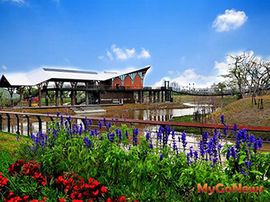
Jhong-Du Wetland Park carries multitude functions of recreation, environmental education, restoration and conservation of biologically diverse coastal forests and urban flood detention. The mangrove restoration is the key experiment in ecological restoration, the data collected will be used as reference for other ecological restoration projects.


